Home> Company News> Lubrication-the good helper of bearing
- Address4 Pemimpin Drive #03-09, Lip Hing Industrial Building
- Factory AddressSingapore 576147
- WorktimeSeg - Sex (9.00 - 18.00) Sáb (9: 00-12: 00)
- Phone(Working Time)(65) 8257 8518
- Phone(Nonworking Time)(65) 8257 8518
- Fax(65) 6258 7399
Bearing damage often occurs during equipment operation. Scratch of the rib, peeling of the raceway, thermal damage of the roller, deformation of the cage... And experience has proved that all damage problems are also in line with the "two-eighth principle", that is, 80% of the damage can be attributed to one cause - lubrication improper.
Common bearing damage caused by improper lubrication
Lubrication prevents direct metal-to-metal contact between the rolling elements, raceways, cages, and other components by forming a lubricant film. The thickness of the lubricant film is a very important factor. Timken introduces the lambda ratio, which is used as the life adjustment factor for lubrication in bearing system analysis.
In order to ensure the normal performance of the bearing, proper lubrication is critical. Due to the variety of bearing types and operating conditions, no one or a class of lubricants can meet all operating conditions. For most applications, the lubrication performance and cost need to be balanced, as well as the maintenance cycle and convenience. After selecting the lubricant that best matches the bearing used, it must be supplemented with the correct lubrication method to ensure smooth operation of the equipment and give full play to the effect of 1+1>2.
Choose the right lubricant and combination
As one of the friction-reducing partners, lubricants have multiple combinations and options for different categories and performances to meet the needs of different working conditions and industry categories.
- Lubricating oil
- Grease
- Solid lubrication
Choose the right lubrication method
· Grease lubrication
Grease lubrication can be used in most bearing applications because grease is easier to use than lubricating oil.
Usually, it is necessary to add grease to the inside of the bearing from 30% to 50%. Too little grease will result in insufficient lubrication of the bearing, and too much will stir the heat. Only in applications where the speed is very low, consider 100% full grease.
Most bearings, after initial application of grease, still require periodic re-greasing to maintain lubrication characteristics. The two main considerations in determining the relubrication cycle are the operating temperature and sealing effect.
Timken's experience with years of grease-lubricated bearings has led to a halving of the grease change cycle for every 15°C increase in temperature above 70°C. Lubrication performance is degraded due to contamination, high temperature, moisture, oxidation, or other factors. The time interval for lubrication is difficult to determine. Consult with Timken engineers on the advice of the lubricant supplier.
It is also important to mix the thickener and/or the different greases of the base oil to cause grease incompatibility and bearing lubrication failure, ultimately causing bearing failure. The best practice is to avoid mixing different types of grease, empty all the original grease, and then add new grease.
Oil bath and oil lubrication
This is the simplest type of lubrication system. The oil bearing zone is designed in the bearing housing, and the bearing rolling element rotates through the static oil collecting area. In order to ensure lubrication performance, the oil collection zone must be kept above the minimum oil level and should not be above the center point of the lowest rolling element. In order to achieve and maintain a suitable oil level, it is recommended to monitor the oil level using a meter or sight glass.
·Circulating oil and pressure oil lubrication
As the speed and load of the bearing increase, the temperature of the bearing rises, accelerating the aging of the lubricating oil. The oil is circulated by a pump, and the lubricating oil passes through the bearing to remove inevitable abrasive grains and external impurities. If there is an application requiring a large amount of heat dissipation, the oil passes through the cooling device and then flows back to the bearing. In high-speed applications, the pressure feed system with fuel injection holes sprays the lubricant through the high pressure into the bearing (or a critical part, such as the large rib of a tapered bearing). In order to ensure that the bearing can be fully lubricated and does not cause the working temperature to be too high.
Oil and gas lubrication uses compressed air to deliver a small amount of lubricant directly into the bearing. The oil and gas lubrication system can meet the constant oil supply to the bearing with the least amount of oil in the whole process. Compressed air is used to cool the bearings, while the air pressure in the bearing chambers additionally creates a barrier to prevent contaminants from entering. Compared to other lubrication methods, oil and gas lubrication allows bearings to achieve higher speeds and lower operating temperatures.

In recent years, the development of industrial lubricants has been increasingly strengthened, especially in the bearing industry. Timken has also developed a wide range of lubricants for a wide range of applications, providing specialized lubricants and lubrication equipment for industrial, mining, wind power and other applications to help bearings perform exceptionally well.
In addition to the star product grease, Timken single-point, multi-point automatic lubricator and oil regenerating system 4.0 have won the favor of many customers with its simple maintenance operation, helping customers significantly reduce the bearing caused by improper lubrication in practical applications. damage.
In the future, if you encounter bearing damage problems, remember to check if the lubrication is right. Or oil or grease lubricants support the bearing operation with its own soft characteristics. With its help, the bearings continue to support the reliable operation of the equipment in a reciprocating manner.
Lubrication, the good helper of bearing.


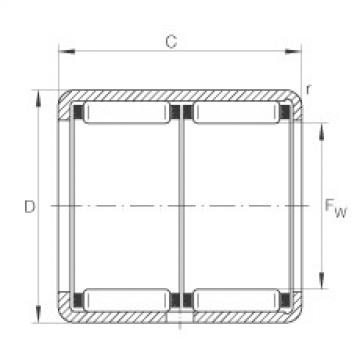 FAG Nadelhülsen - HK2030-ZW
FAG Nadelhülsen - HK2030-ZW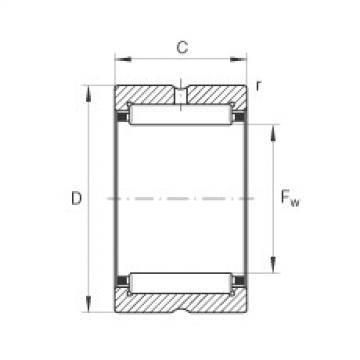 FAG Nadellager - RNA6902-XL
FAG Nadellager - RNA6902-XL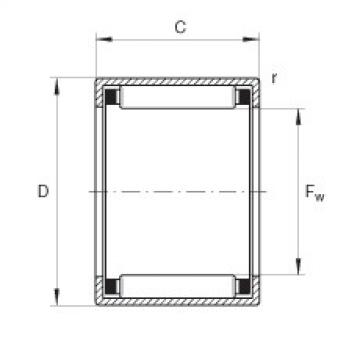 FAG Nadelhülsen - HK2016
FAG Nadelhülsen - HK2016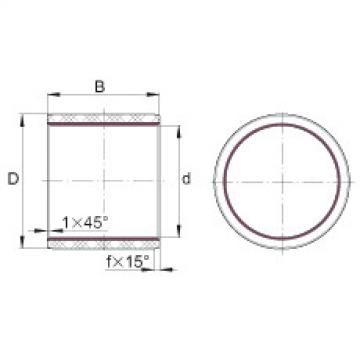 FAG Gleitbuchsen - ZWB202415
FAG Gleitbuchsen - ZWB202415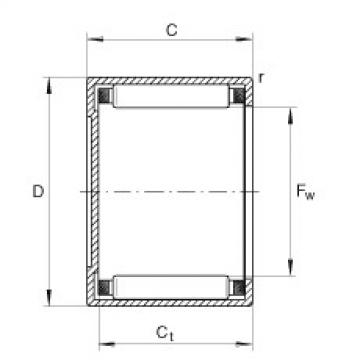 FAG Nadelbüchsen - BK2016
FAG Nadelbüchsen - BK2016